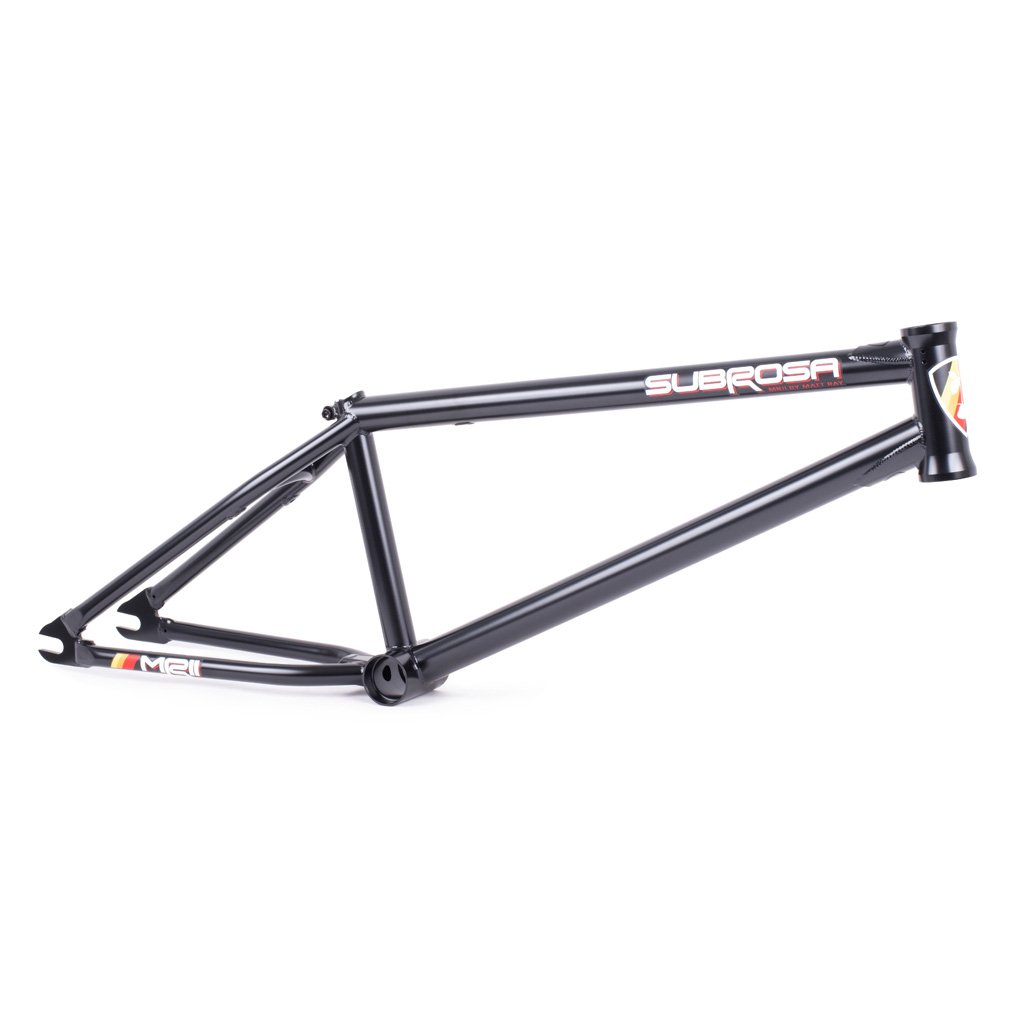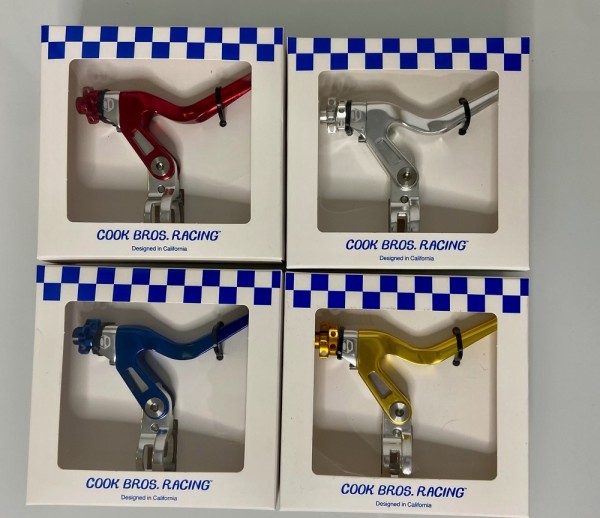EBike batteries are a crucial component of any electric bike. They provide the power needed to propel the bike and determine how far and fast you can ride. Choosing the right eBike battery can be a daunting task, but with this ultimate guide, you’ll learn everything you need to know to make an informed decision.

Battery Type
The first thing to consider when choosing an eBike battery is the battery type. There are three main types: lead-acid, nickel-metal hydride (NiMH), and lithium-ion (Li-ion). Lead-acid batteries are the cheapest but also the heaviest and least efficient. NiMH batteries are lighter and more efficient than lead-acid but are still not as good as Li-ion batteries. Li-ion batteries are the most expensive but offer the highest efficiency and longest lifespan.
Capacity
The capacity of an eBike battery refers to the amount of energy it can store. It is measured in amp-hours (Ah) and determines how far you can ride on a single charge. It’s essential to choose a battery with the right capacity for your needs, depending on how far and how often you ride.
Compatibility
Finally, it’s crucial to choose an eBike battery that is compatible with your bike’s motor and controller. Different eBike motors and controllers require different voltages and connectors, so it’s essential to check the compatibility before purchasing a battery.
Wrapping Up
Choosing the right eBike battery can make a significant difference in your riding experience. By considering the battery type, capacity, and compatibility, you can find the perfect battery to power your bike and enjoy longer, faster, and more efficient rides. With this ultimate guide, you have all the information you need to make an informed decision and choose the right eBike battery for your needs.









